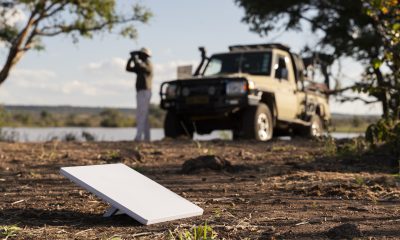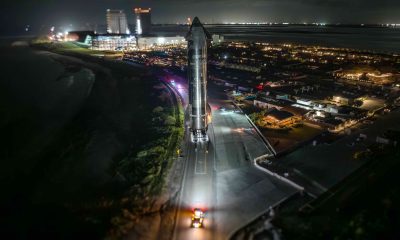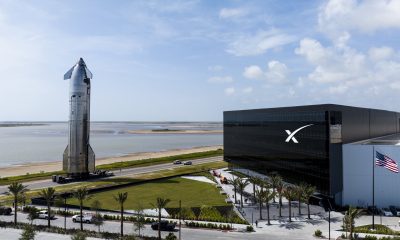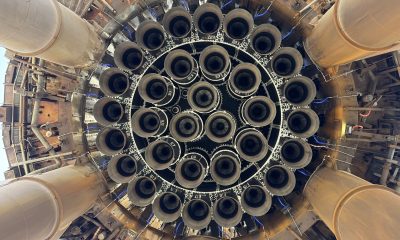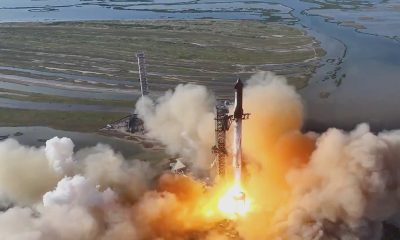News
SpaceX to Increase Rocket Launches to Every 2 to 3 Weeks this Year
2016 is going to be a busy year for SpaceX. It plans to increase production of Falcon 9 rockets, introduce the Falcon Heavy, and test the emergency recovery system for its manned spacecraft.
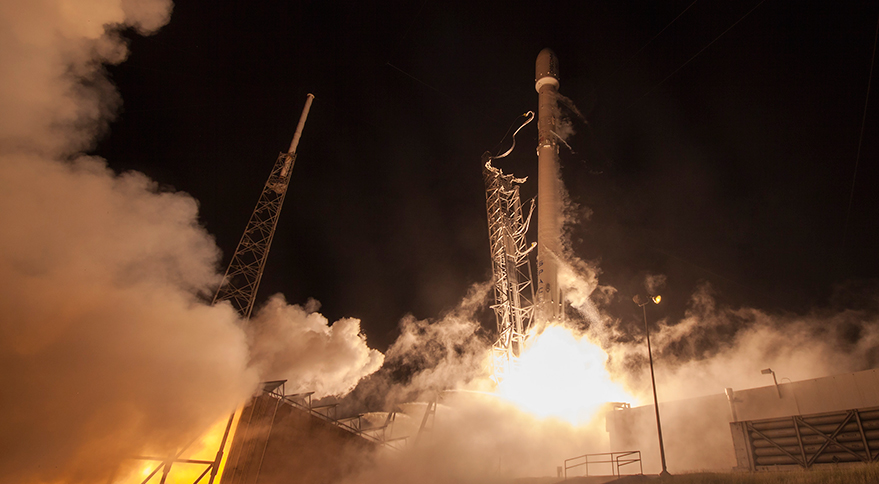
SpaceX president Gwynne Shotwell told the FAA’s annual Commercial Space Transportation Conference on Wednesday that her company has an ambitious agenda for 2016. It plans to significantly increase its production of Falcon 9 rockets and introduce its Falcon Heavy rocket, which is essentially a Falcon 9 but with two extra first stage boosters derived from the Falcon 9. The Falcon Heavy is intended to be recoverable just like the Falcon 9, but getting three boosters back to earth in serviceable condition will be a major challenge.
“It’s a really interesting year for us,” Shotwell said. “We’ve had the luxury in years past of having to build only a few rockets a year, so we really weren’t in a production mode. Now we’re in this factory transformation to go from building six or eight a year to about 18 cores a year. By the end of this year we should be at over 30 cores per year,” she said. “So you see the factory start to morph.”
SpaceX plans to double the number of first stages that can be assembled at one time from three to six. It is also working to accelerate production of the Merlin engines that power the Falcon 9. If all goes according to plan, it will need to build hundreds of engines a year. “We’re busy. We’ve got a big manifest, a lot of customers to go take care of,” Shotwell said.
The next scheduled launch is for an SES-9 communications satellite sometime in February, according to Space News. That launch date may get pushed back into early March, however. After that, “You should see us fly every two to three weeks,” Shotwell says.
SpaceX is still making changes to the Falcon 9 based on information it has learned from the rocket that landed itself back on earth on December 21. That rocket was static fired on January 15. “We fired it up, and actually learned something about the rocket. We’re going to make some mods based on what we saw on that stage landing and firing.” CEO Elon Musk had previously state that one of the engines showed “thrust fluctuations,” possibly because it ingested some debris.
With all that going on, SpaceX also plans to conduct an in-flight abort test for the Commercial Crew Program, which uses eight Super Draco thursters designed to lift a manned spacecraft out of harm’s way in case of failure during a launch. Manned spaceflights using the Falcon 9 are due to begin in 2017.
When Shotwell said 2016 was going to be an “interesting year,” she wasn’t exaggerating. Watch a SpaceX simulation of the Falcon Heavy rocket below.
Photo credit: SpaceX
News
Nvidia CEO Jensen Huang regrets not investing more in Elon Musk’s xAI
The CEO stated that Nvidia is already an investor in xAI, but he wished he had given the artificial intelligence startup more money.
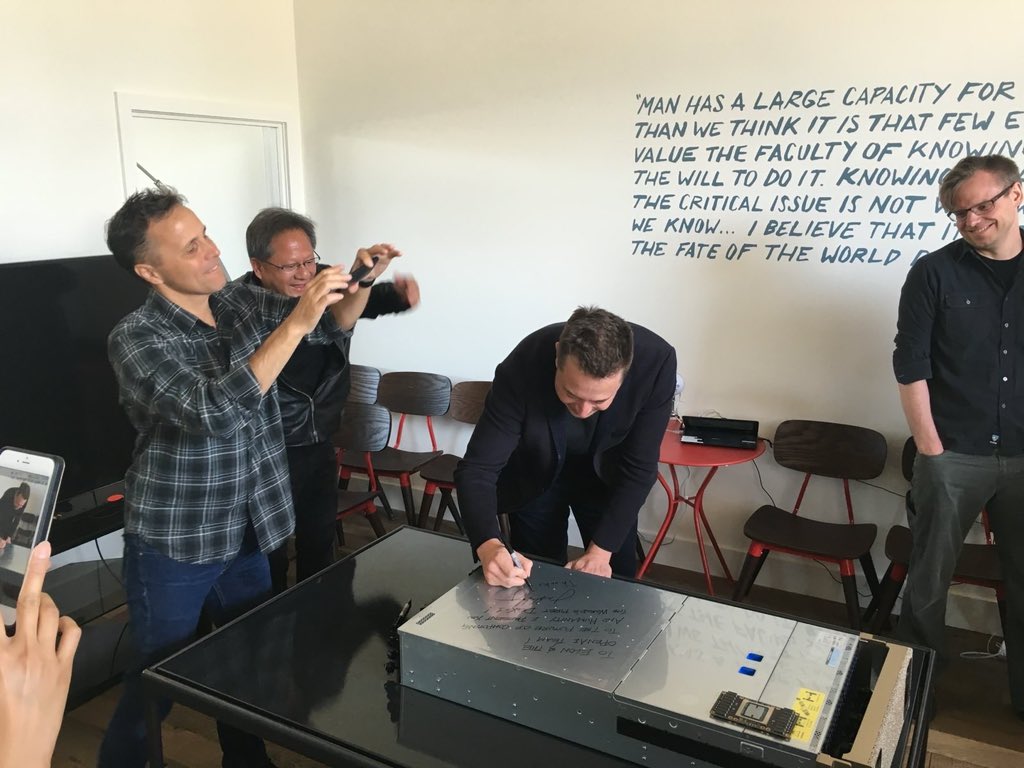
Nvidia CEO Jensen Huang revealed that one of his investment regrets is not putting more money into Elon Musk’s artificial intelligence startup, xAI.
Speaking in a CNBC interview, Huang said Nvidia is already an investor in xAI but wished he had given the artificial intelligence startup more money. This was due to Musk’s record of building transformative companies such as Tesla and SpaceX.
A new wave of transformative AI firms
Huang said he’s very excited about xAI’s latest financing round. He described Musk’s company as part of a powerful new generation of AI developers, alongside OpenAI and Anthropic. that are reshaping the computing landscape.
“I’m super excited about the financing opportunity they’re doing. The only regret I have about xAI, we’re an investor already, is that I didn’t give him more money. You know almost everything that Elon’s pat of, you really want to be part of as well,” the Nvidia CEO stated.
The CEO also clarified Nvidia’s investment in xAI, revealing that Elon Musk had offered the investment opportunity to the chipmaker. “He (Musk) gave us the opportunity to invest in xAI. I’m just delighted by that,” Huang stated.
AI investment boom
Huang contrasted today’s AI-driven economy with the early days of the internet. “Back then, all the internet companies combined were maybe $30 or $40 billion in size,” he said. “If you look at the hyperscalers now, that’s about $2.5 trillion of business already operating today.”
He also stated that the ongoing shift from CPU-based computing to GPU-powered generative AI represents a “multi-trillion-dollar buildout” that Nvidia is looking to support. Huang added that every Nvidia engineer now works with AI coding assistants such as Cursor, which he called his “favorite enterprise AI service,” and it has led to a major productivity boost across the company.
Watch Nvidia CEO Jensen Huang’s CNBC interview in the video below.
Investor's Corner
Stifel raises Tesla price target by 9.8% over FSD, Robotaxi advancements
Stifel also maintained a “Buy” rating for the electric vehicle maker.
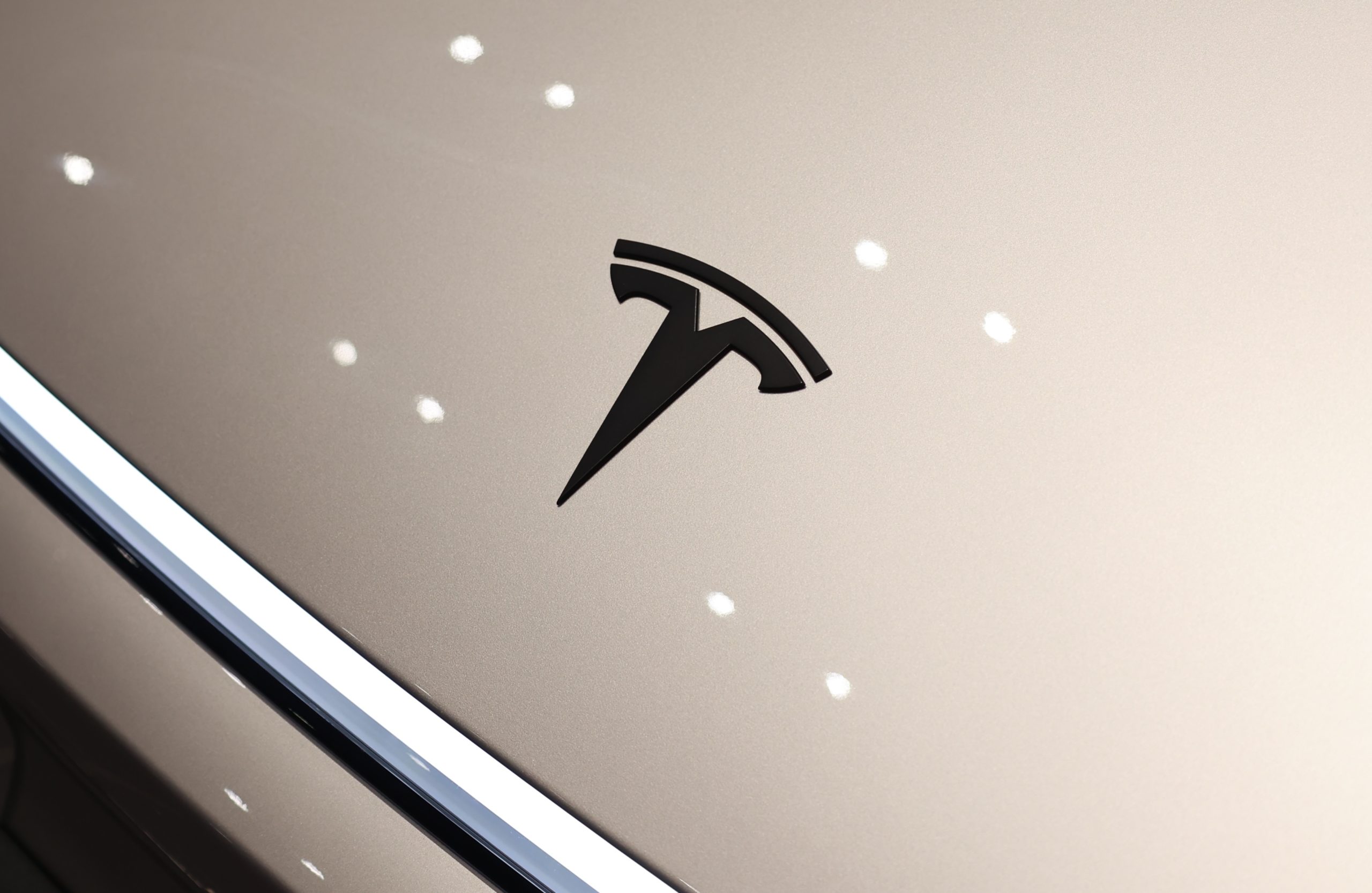
Investment firm Stifel has raised its price target for Tesla (NASDAQ:TSLA) shares to $483 from $440 over increased confidence in the company’s self-driving and Robotaxi programs. The new price target suggests an 11.5% upside from Tesla’s closing price on Tuesday.
Stifel also maintained a “Buy” rating despite acknowledging that Tesla’s timeline for fully unsupervised driving may be ambitious.
Building confidence
In a note to clients, Stifel stated that it believes “Tesla is making progress with modest advancements in its Robotaxi network and FSD,” as noted in a report from Investing.com. The firm expects unsupervised FSD to become available for personal use in the U.S. by the end of 2025, with a wider ride-hailing rollout potentially covering half of the U.S. population by year-end.
Stifel also noted that Tesla’s Robotaxi fleet could expand from “tiny to gigantic” within a short time frame, possibly making a material financial impact to the company by late 2026. The firm views Tesla’s vision-based approach to autonomy as central to this long-term growth, suggesting that continued advancements could unlock new revenue streams across both consumer and mobility sectors.
Tesla’s FSD goals still ambitious
While Stifel’s tone remains optimistic, the firm’s analysts acknowledged that Tesla’s aggressive autonomy timeline may face execution challenges. The note described the 2025 unsupervised FSD target as “a stretch,” though still achievable in the medium term.
“We believe Tesla is making progress with modest advancements in its Robotaxi network and FSD. The company has high expectations for its camera-based approach including; 1) Unsupervised FSD to be available for personal use in the United States by year-end 2025, which appears to be a stretch but seems more likely in the medium term; 2) that it will ‘probably have ride hailing in probably half of the populations of the U.S. by the end of the year’,” the firm noted.
News
Tesla Cybertruck’s Full Self-Driving update is ‘coming soon’
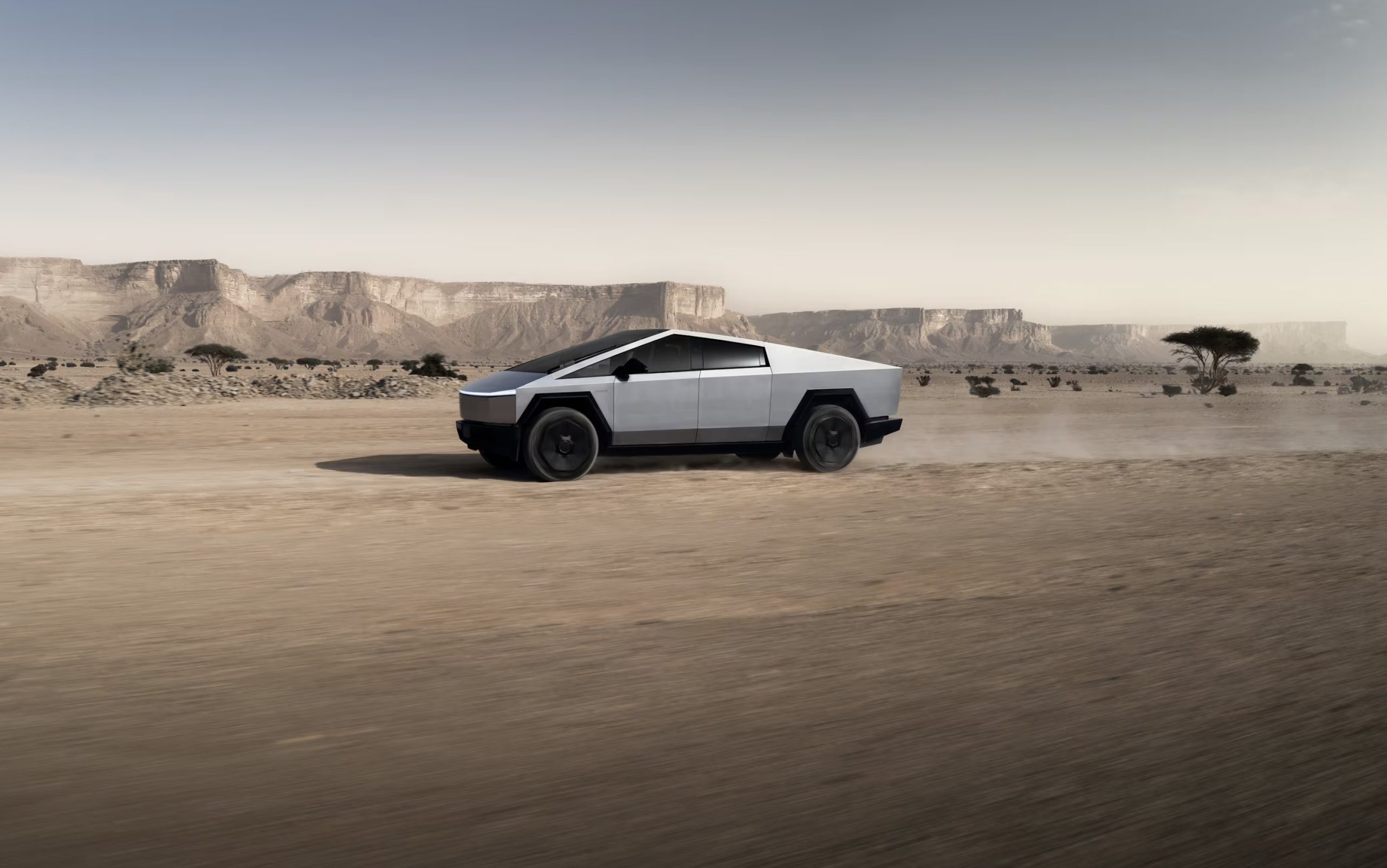
Tesla Cybertruck owners are wondering when they will get access to the company’s Full Self-Driving version 14.1 that rolled out to other owners today for the first time.
Cybertruck owners typically receive Full Self-Driving updates slightly later than other drivers, as the process for the all-electric pickup is different. It is a larger vehicle that requires some additional attention from Tesla before FSD versions are rolled out, so they will be slightly delayed. CEO Elon Musk said the all-wheel steering technically requires a bit more attention before rollout as well.
The all-wheel steering of Cybertruck requires a bit more Autopilot training
— Elon Musk (@elonmusk) October 7, 2025
After some owners got access to the v14.1 Full Self-Driving suite this morning, Cybertruck owners sought out a potential timeframe for when they would be able to experience things for themselves.
Tesla owners show off improvements with new Full Self-Driving v14 rollout
They were able to get an answer from Ashok Elluswamy, Tesla’s Head of AI, who said:
“We got you. Coming soon.”
We got you. Coming soon.
— Ashok Elluswamy (@aelluswamy) October 7, 2025
The release of FSD v14.1 for Cybertruck will not be tempered, either. Elluswamy then confirmed that Tesla would be rolling out the full-featured FSD v14 for the pickup, meaning it would be able to reverse and park itself, among other features.
Elluswamy said it would be capable of these features, which were void in other FSD releases for Cybertruck in the past.
Tesla’s rollout of FSD v14.1 brings several extremely notable changes and improvements to the suite, including more refined operation in parking garages, a new ability to choose parking preferences upon arriving at your destination, a new driving mode called “Sloth,” which is even more reserved than “Chill,” and general operational improvements.
Those who were lucky enough to receive the suite have already started showing off the improvements, and they definitely seem to be a step up from what v13’s more recent versions were capable of.
CEO Elon Musk called v14 “sentient” a few weeks back, and it seems that it is moving toward that. However, he did state that additional releases with more capabilities would be available in the coming weeks, but many owners are still waiting for this first version.
-

 Elon Musk2 weeks ago
Elon Musk2 weeks agoTesla FSD V14 set for early wide release next week: Elon Musk
-
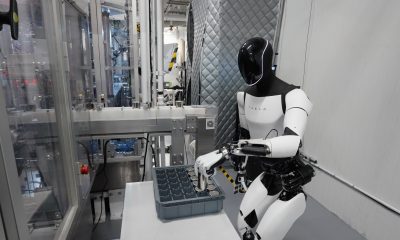
 News2 weeks ago
News2 weeks agoElon Musk gives update on Tesla Optimus progress
-
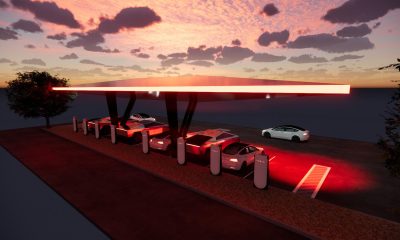
 News2 weeks ago
News2 weeks agoTesla has a new first with its Supercharger network
-
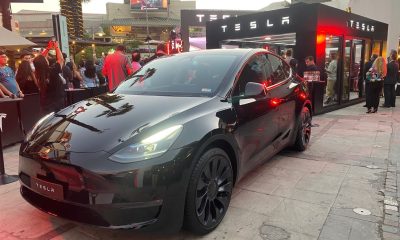
 News2 weeks ago
News2 weeks agoTesla job postings seem to show next surprise market entry
-
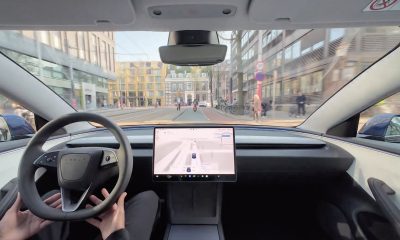
 Investor's Corner2 weeks ago
Investor's Corner2 weeks agoTesla gets new Street-high price target with high hopes for autonomy domination
-

 Lifestyle1 week ago
Lifestyle1 week ago500-mile test proves why Tesla Model Y still humiliates rivals in Europe
-
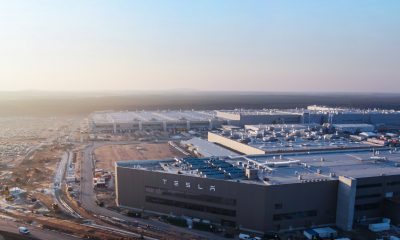
 News1 week ago
News1 week agoTesla Giga Berlin’s water consumption has achieved the unthinkable
-
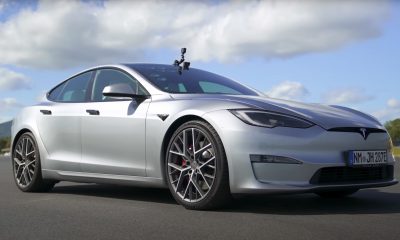
 Lifestyle1 week ago
Lifestyle1 week agoTesla Model S Plaid battles China’s 1500 hp monster Nurburgring monster, with surprising results



